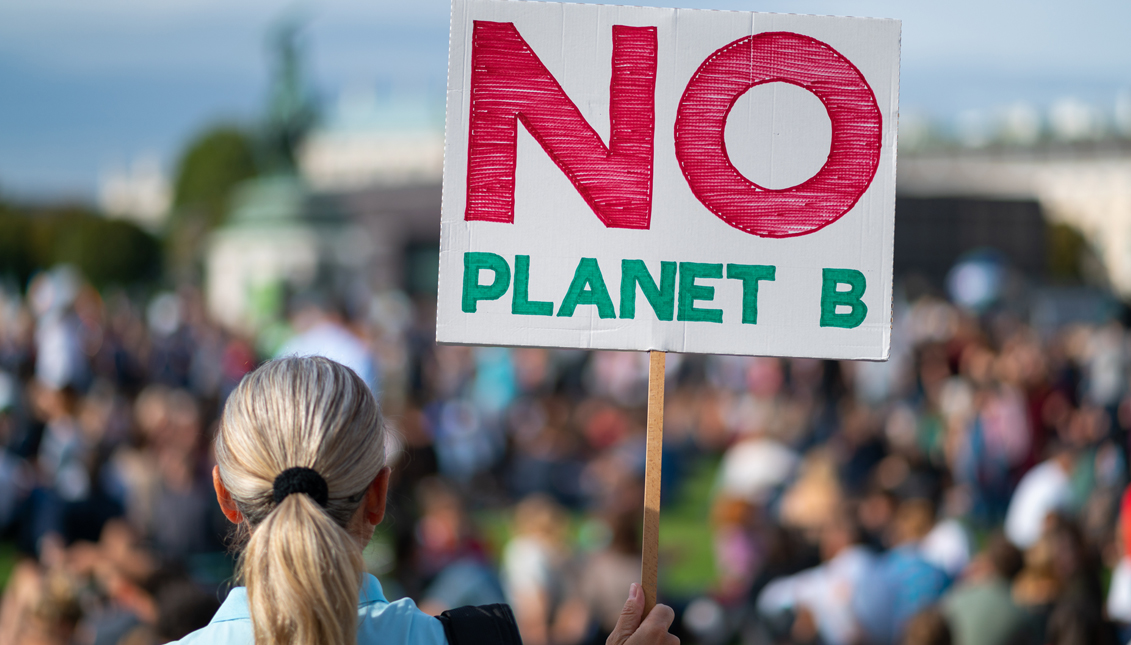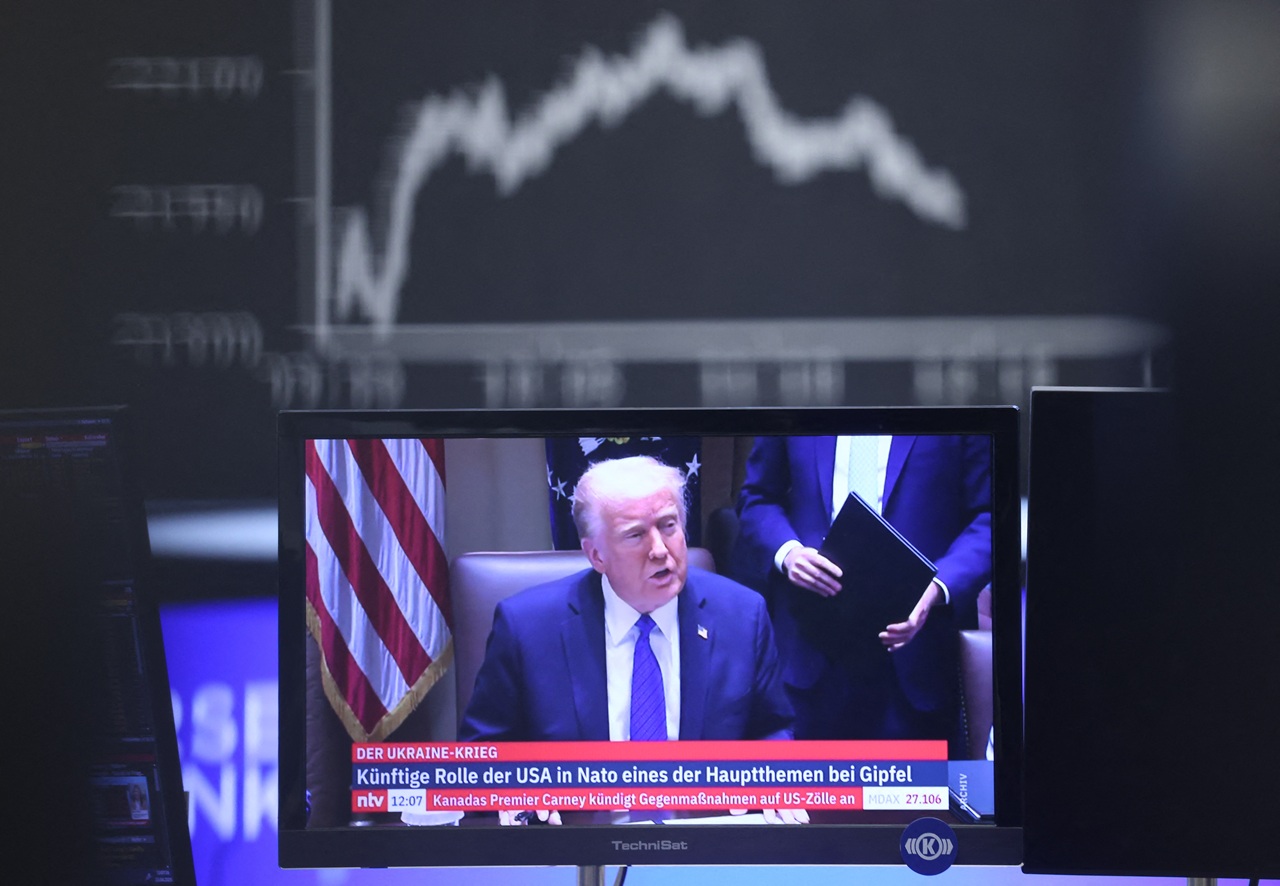
The planet is getting closer every day from abyss to hell
Nothing has been enough to stop the impact of climate change. The report of a group of experts who work for the United Nations to track environmental…
Inger Andersen, executive director of the UN Environment Program, was forceful in her appreciation: "The world listened, but it did not act forcefully enough, and as a result the problem is here and no one is safe."
Andersen was referring to the calls for attention that the Intergovernmental Panel on Climate Change (IPCC) has been making for many years, whose recent report draws an obvious conclusion: human beings are to blame for the environmental crisis. But, she remembers that there are irreparable damages that will keep the poles from melting, as just one example of the ailments of this world.
One of the data has to do with the fact that this is the warmest time in 2,000 years. Worse still, the current situation is compared with the climatic maximum of the Holocene, 6,500 years ago.
"We now have a much clearer vision of the past, present and future climate, essential to understand where we are going, what we can do and how we should prepare," said Valérie Mason-Delmotte, IPCC co-chair, when presenting the report.
It is revealed that the sea level will continue to rise and may mean an increase of up to 55 centimeters by the end of the century. And the temperature will continue to rise. The most pessimistic calculations speak of a catastrophic situation in 2100 if the global temperature rises by 4 degrees. Studies indicate that the increase, in whatever number, implies more storms, more rains, more floods, more calamity. And in contrast, extreme heat.
RELATED CONTENT
But, in the shortest term, the worst that can happen is that the temperature reaches 2030 with 1.5 degrees more. If it did, it would be risky for survival.
The optimistic part rewards efforts to curb greenhouse gas emissions. But the significant reductions would only be noticeable in two decades, because the current damage is so deep.
"Stabilizing the climate will require strong, rapid and sustained reductions in greenhouse gas emissions to reach net zero emissions," said Panmao Zhai co-chair of the expert group advising the UN.
"The last time the Earth's surface temperature exceeded 2.5 ° C (compared to pre-industrial levels) was more than 3 million years ago," the report says.
What the experts foresee, in the case of Latin America, is that in Central America droughts will occur with greater frequency and greater risk of forest fires, while in South America there will be a strong impact on the Andes mountain range.











LEAVE A COMMENT: